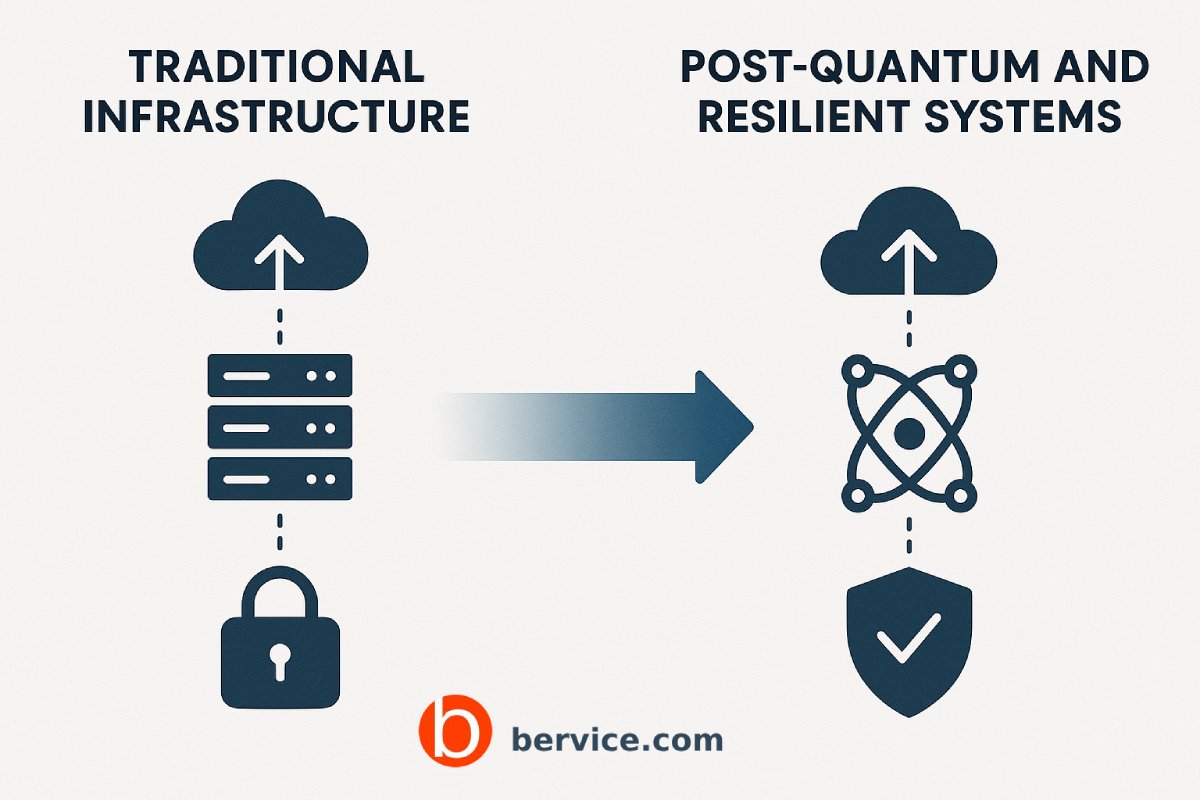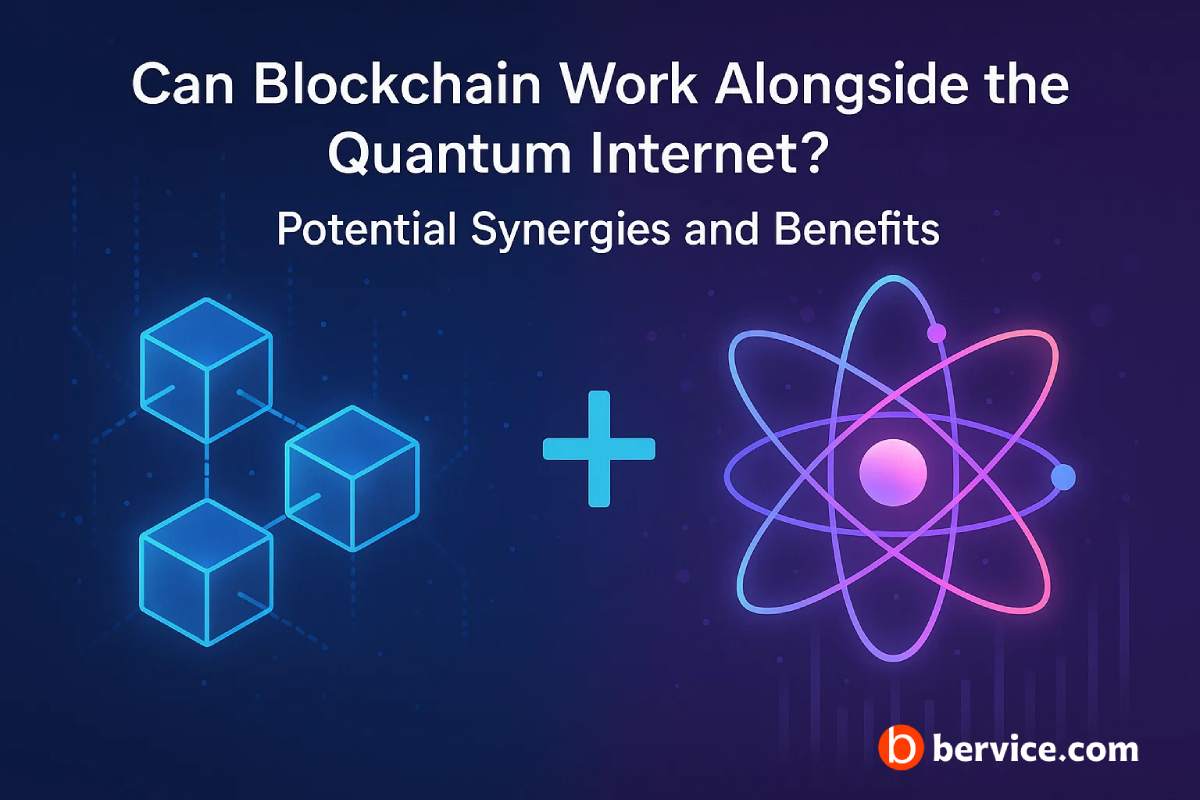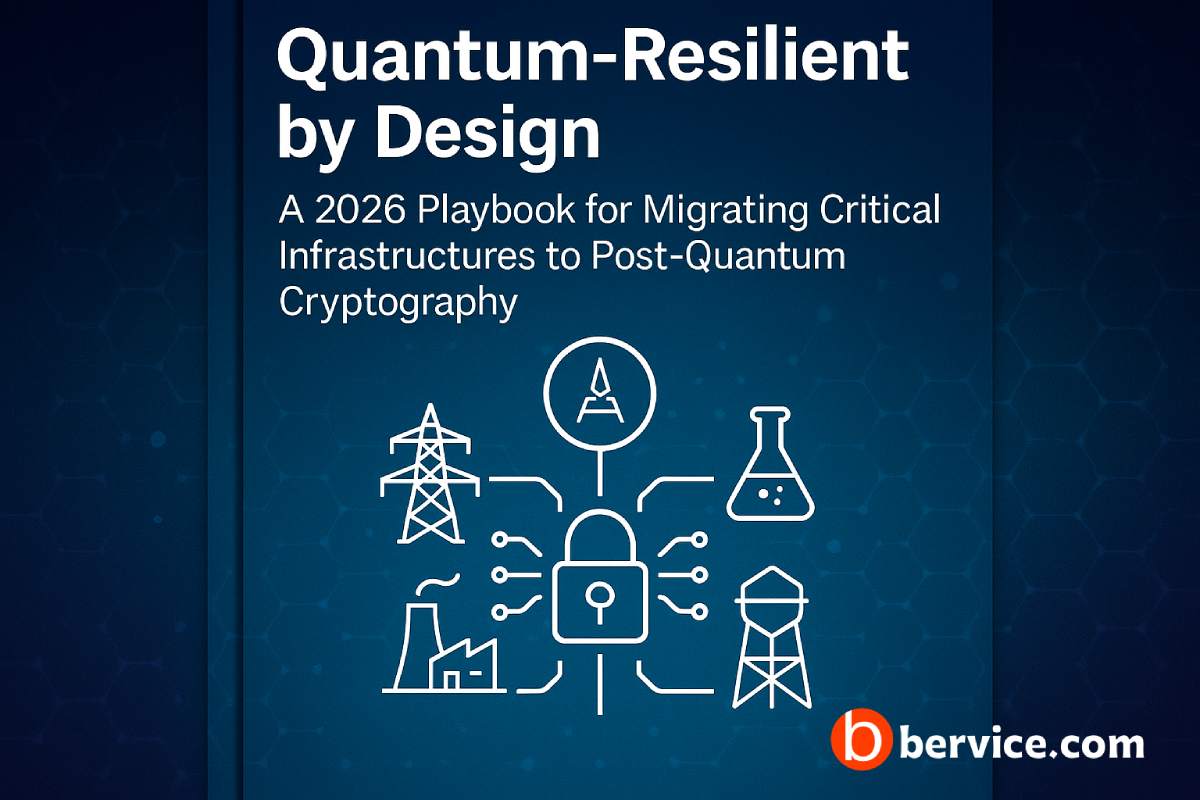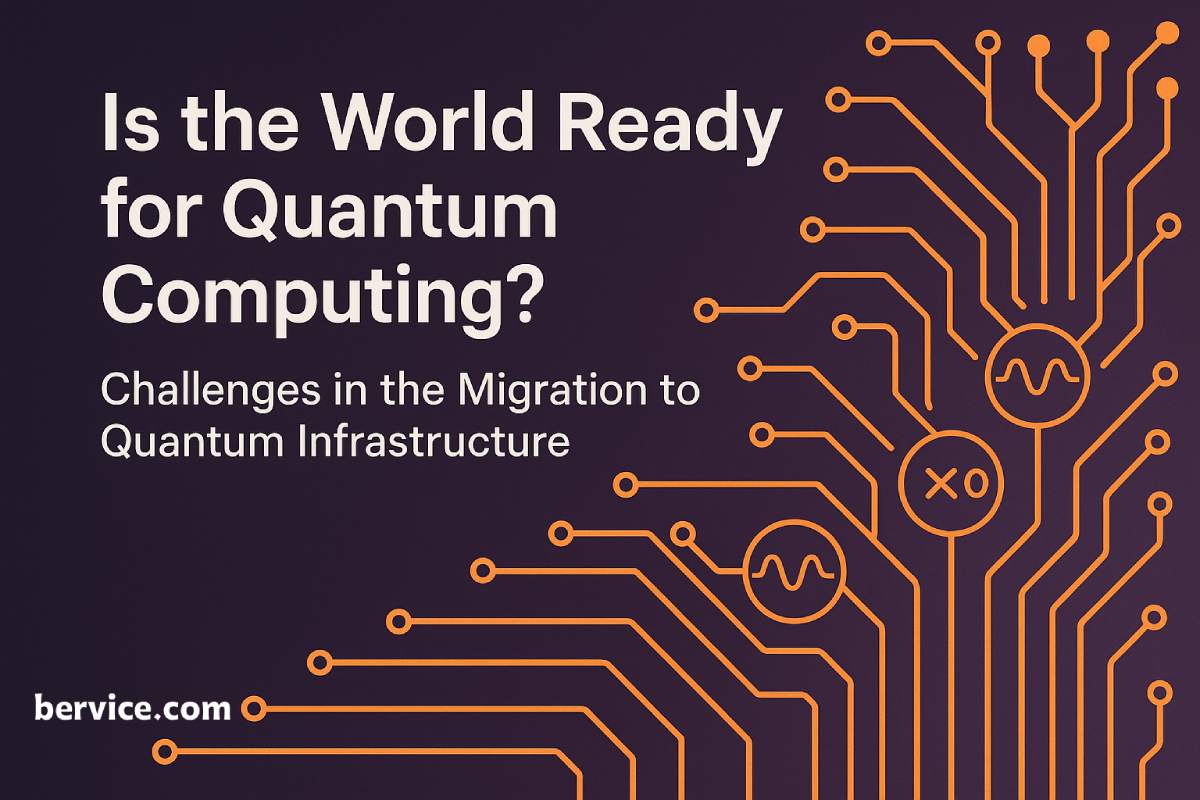
In a world increasingly driven by digital connectivity, the looming threat of quantum computers cracking classical cryptographic systems demands urgent action. Migrating traditional IT infrastructure to post-quantum security standards is no longer optional—it’s essential. But this transition must be done wisely. Organizations must consider not only the quantum threat but also how to build resilient systems that withstand evolving cyber and operational risks.
Here are four critical considerations every organization must address when undertaking this transformation:
1. Assess Cryptographic Inventory and Risks
The first step in post-quantum migration is knowing what you already have. Traditional infrastructures often rely on a patchwork of cryptographic protocols—RSA, ECC, TLS, SSH, etc.—many of which are quantum-vulnerable.
Key actions:
- Perform a comprehensive cryptographic inventory (algorithms, key lengths, certificates).
- Classify systems based on sensitivity and exposure (e.g., public-facing APIs vs internal services).
- Use tools like NIST’s CRYPTO AGILITY framework to assess adaptability.
🛡️ Don’t just look at what’s encrypting data—look at where, how, and why it’s being encrypted.
2. Choose Standardized and Hybrid Cryptographic Schemes
Post-quantum cryptography (PQC) is still being standardized. NIST’s PQC project has selected algorithms like Kyber (for encryption/key exchange) and Dilithium (for digital signatures). However, no single algorithm offers a silver bullet.
Best practices:
- Use hybrid cryptography (classical + post-quantum) to hedge against unknowns.
- Prioritize interoperability with existing systems.
- Monitor NIST and ETSI updates for standard alignment.
🔒 Going fully post-quantum too early can break compatibility; going too late can break security.
3. Ensure Infrastructure Resilience Beyond Cryptography
Quantum resilience is not just about stronger math—it’s about smarter systems. Even with quantum-safe encryption, your infrastructure must resist disruptions like:
- Supply chain attacks
- Distributed denial-of-service (DDoS)
- Zero-day vulnerabilities
- Climate and energy-related failures
Strategies include:
- Implementing zero-trust architecture
- Decentralizing critical services (e.g., via blockchain, decentralized storage)
- Using AI-based anomaly detection for threat response
🌐 A post-quantum system that’s not operationally resilient is still vulnerable.
4. Plan for Long-Term Migration and Human Adaptation
Post-quantum migration is a long game. It requires not only technical shifts but organizational change and workforce upskilling.
Essential steps:
- Design a multi-phase migration roadmap (pilot > hybrid > full transition).
- Train cybersecurity and IT staff on PQC, quantum risk, and new tools.
- Update your incident response and compliance protocols to match new threats.
👥 Technology evolves faster than organizations. Don’t let the human element be your weakest link.
🔚 Conclusion
The migration to post-quantum and resilient infrastructure is one of the most urgent IT transformations of the decade. It’s not just about replacing algorithms—it’s about rethinking how we build trust, maintain security, and prepare for unknown futures. Those who act now—deliberately and strategically—will lead in the quantum age.
Connect with us : https://linktr.ee/bervice





